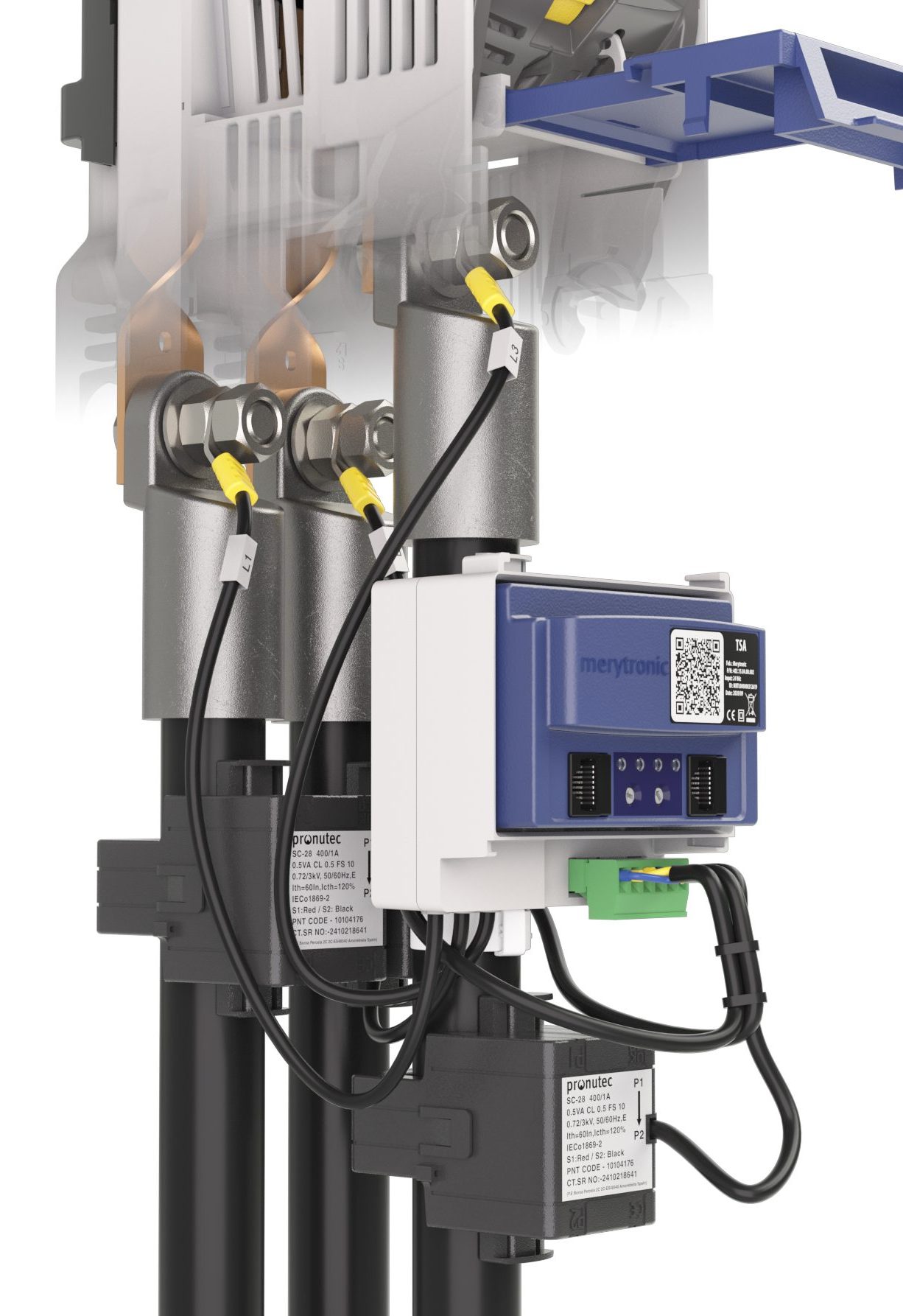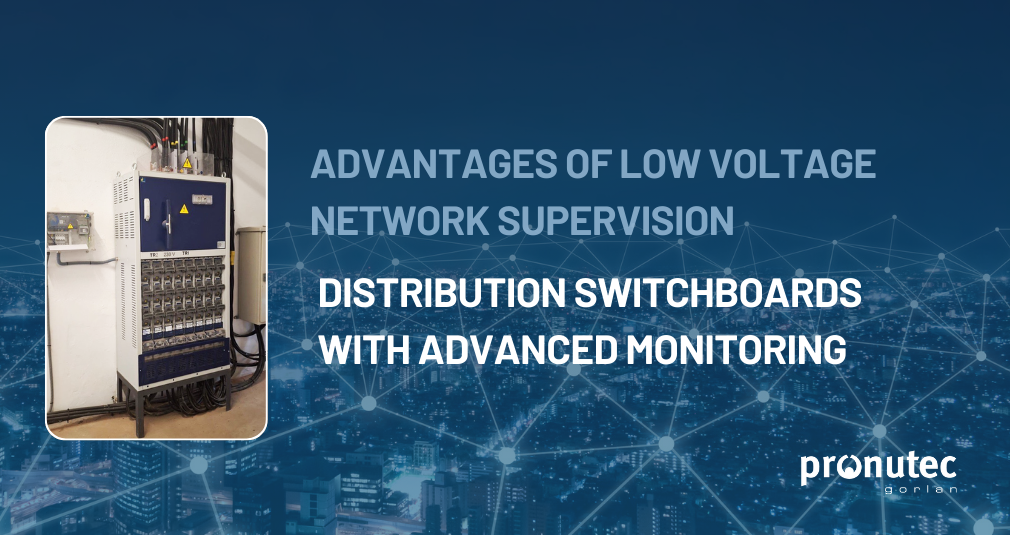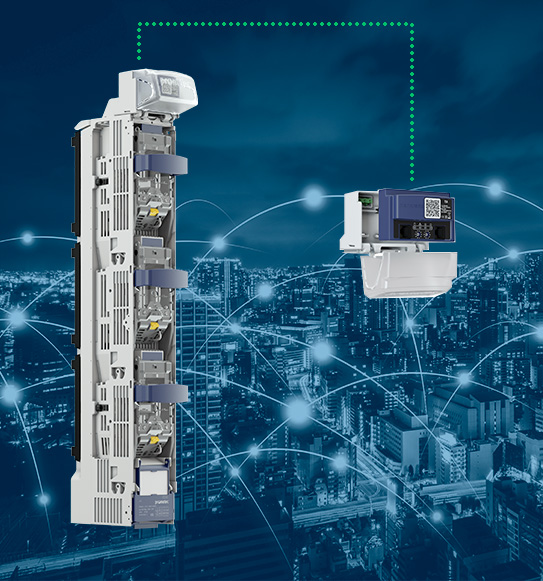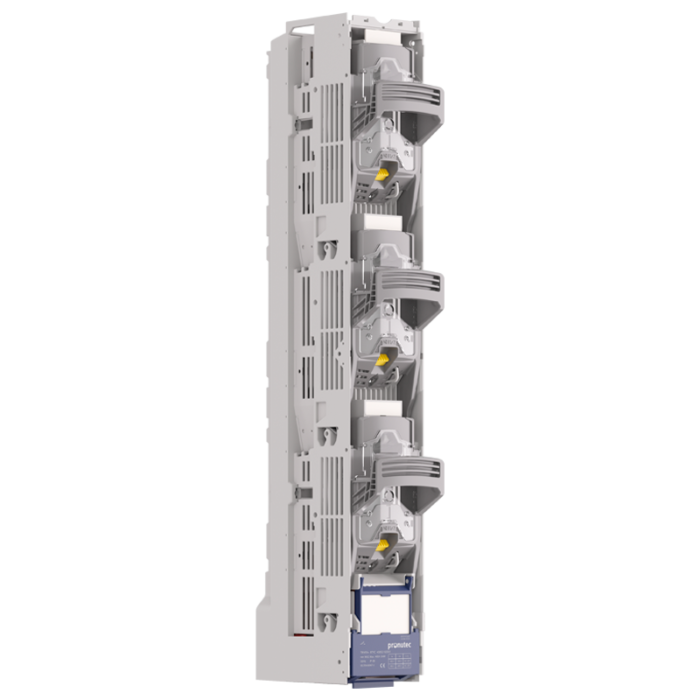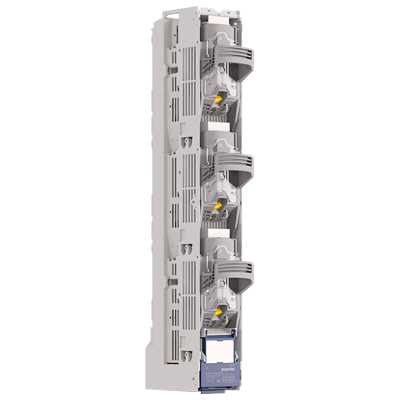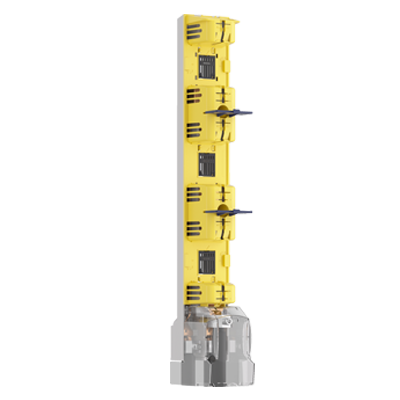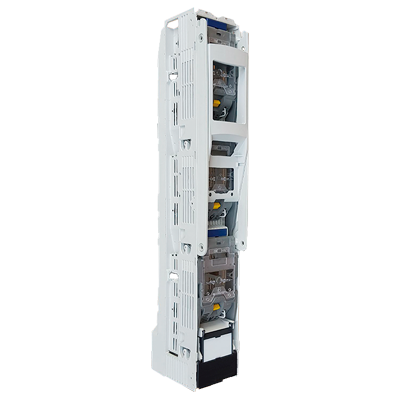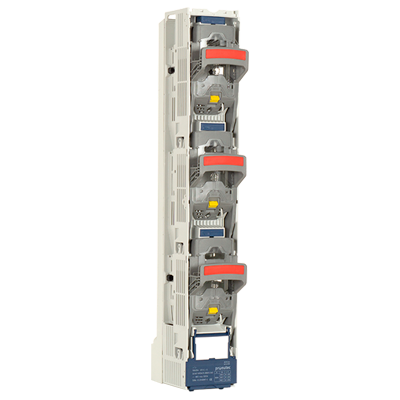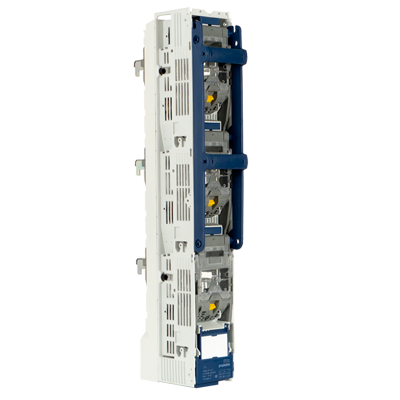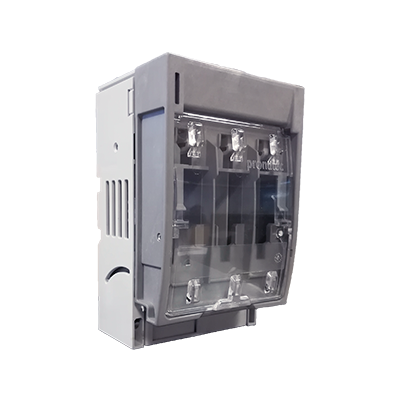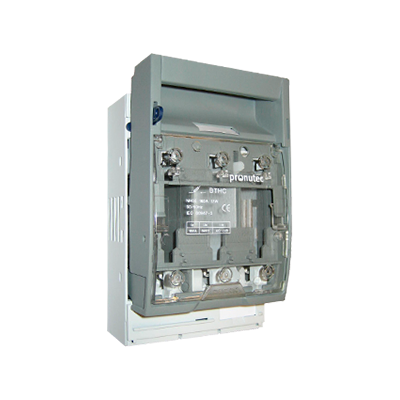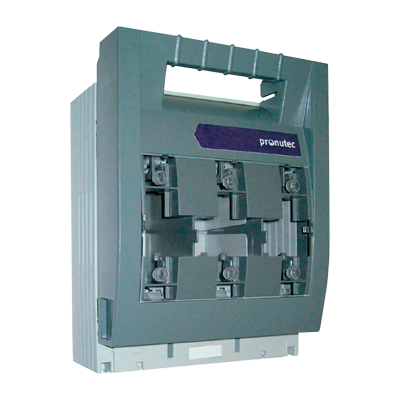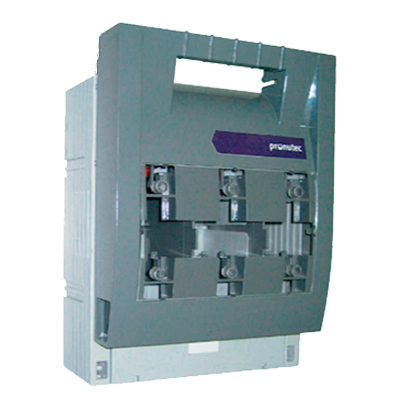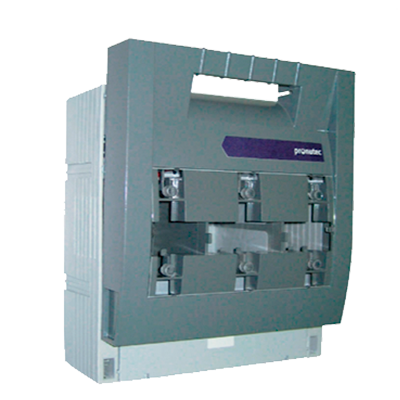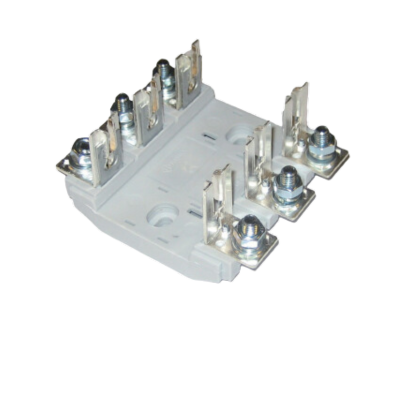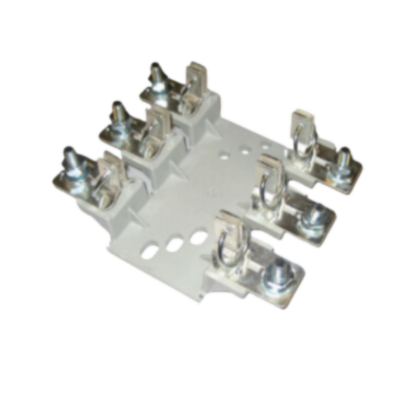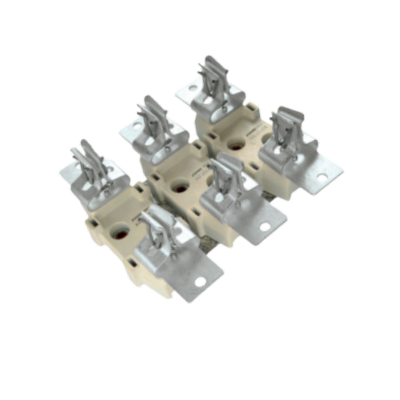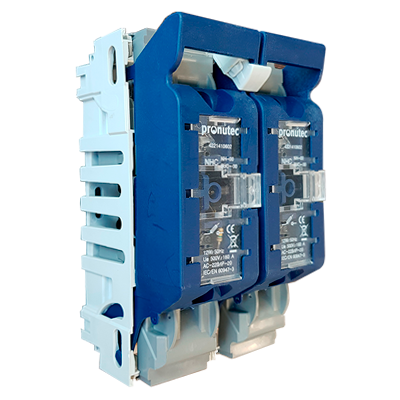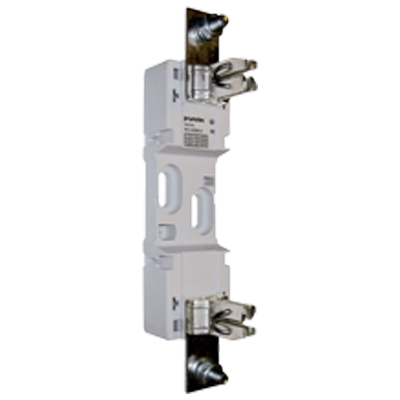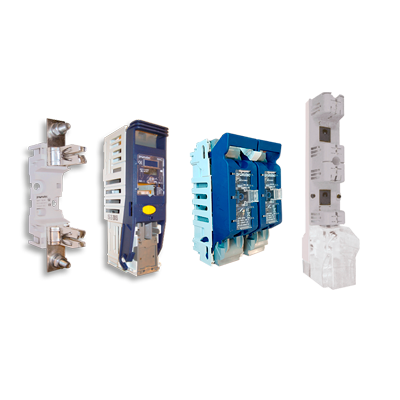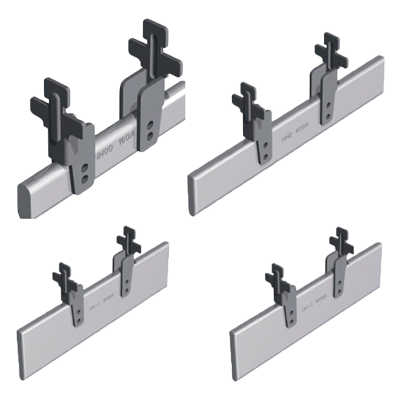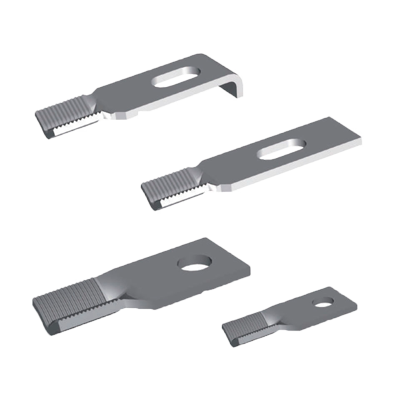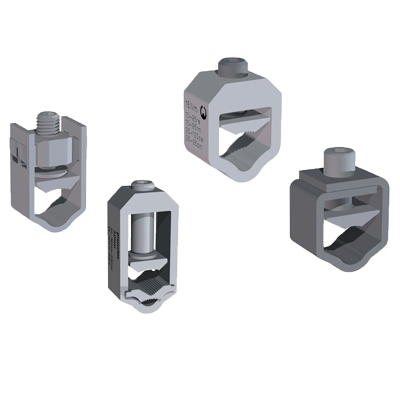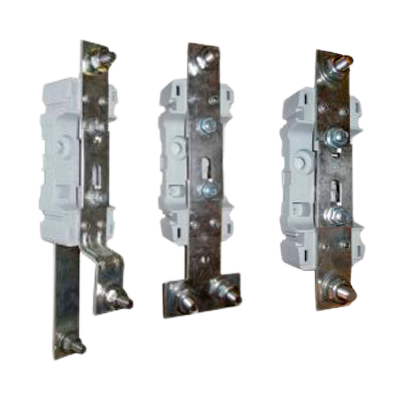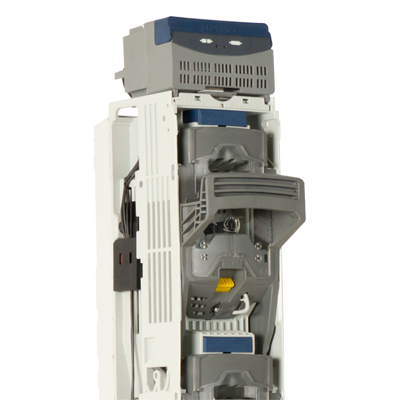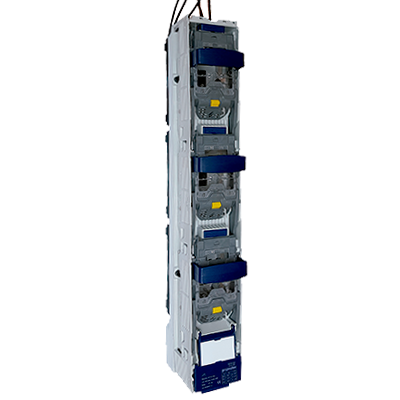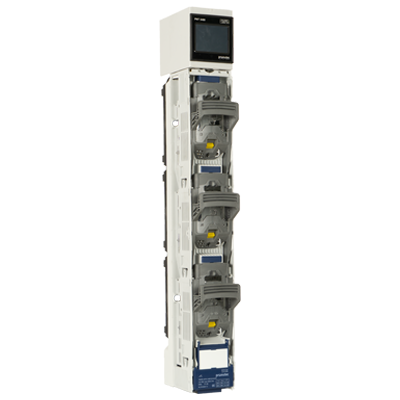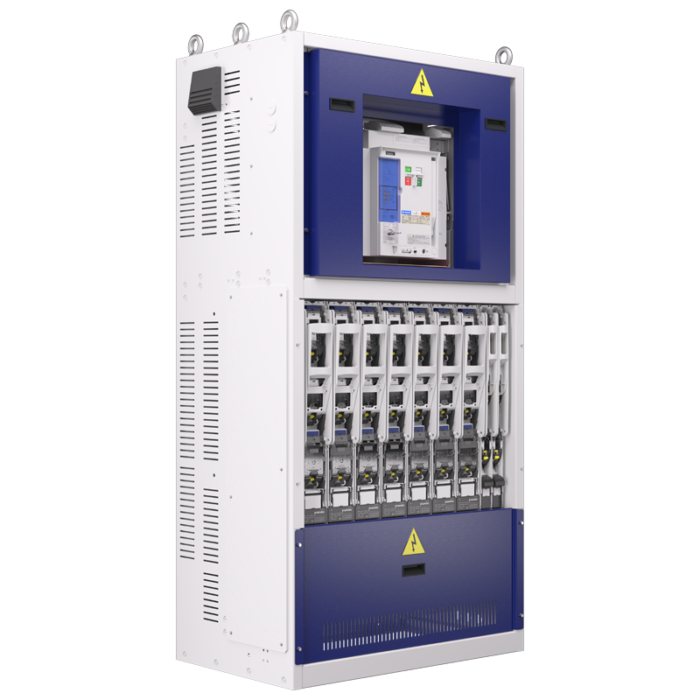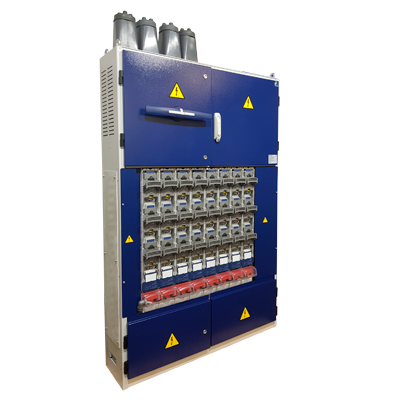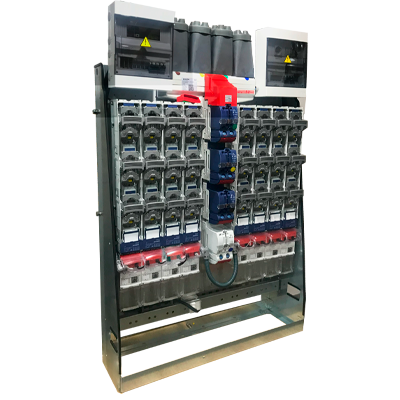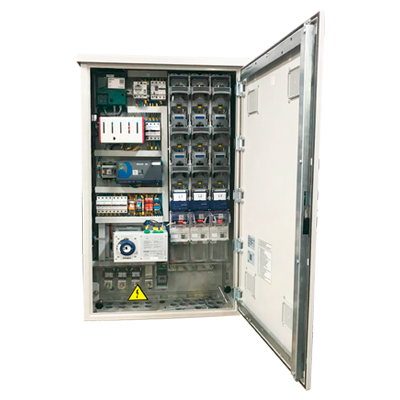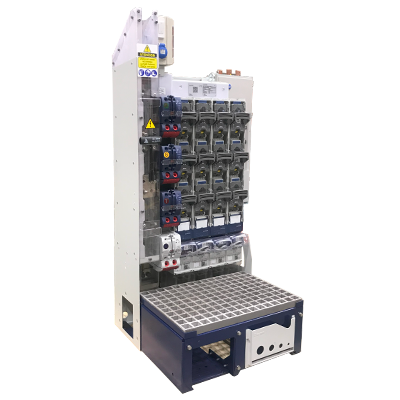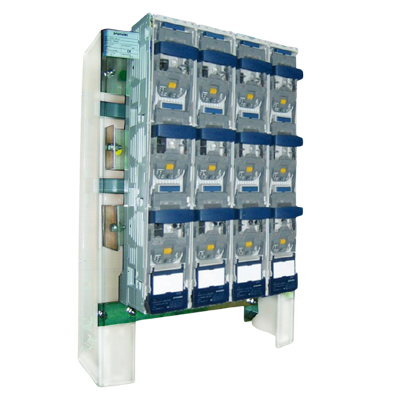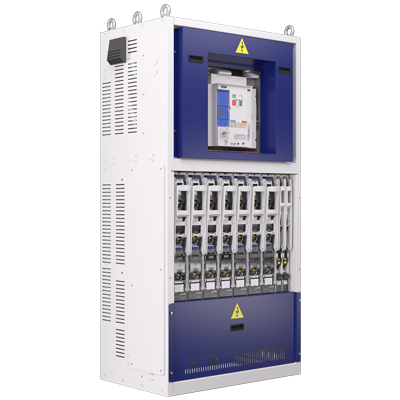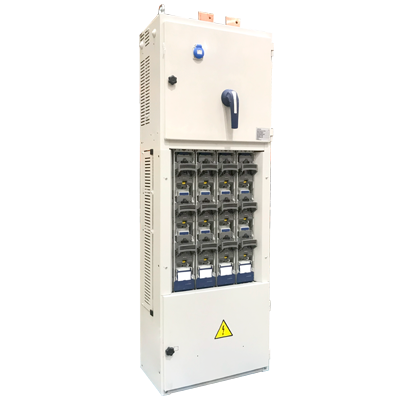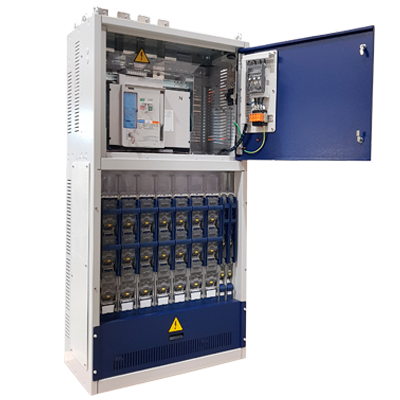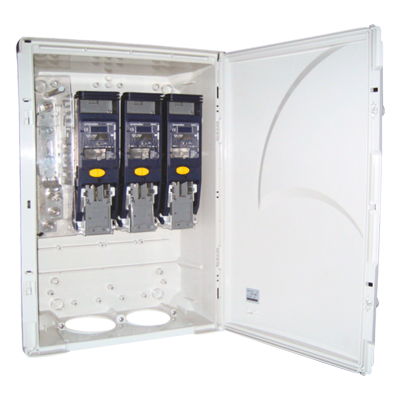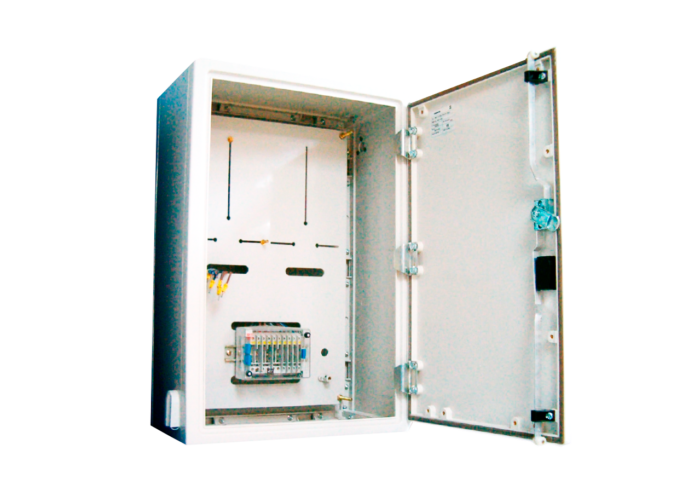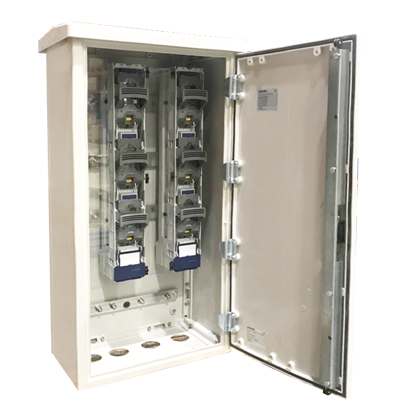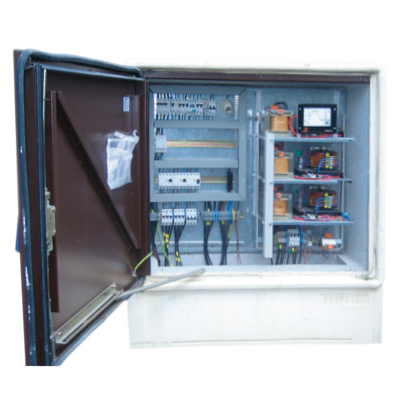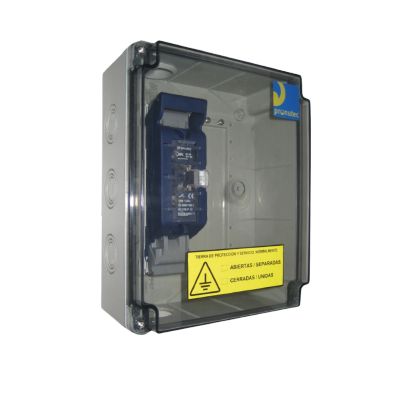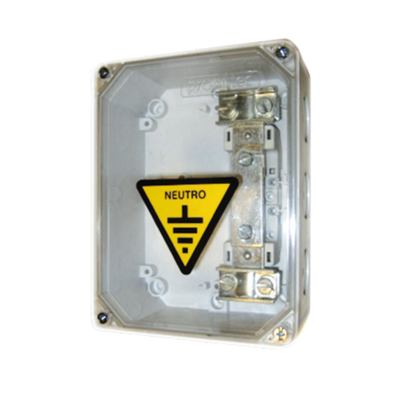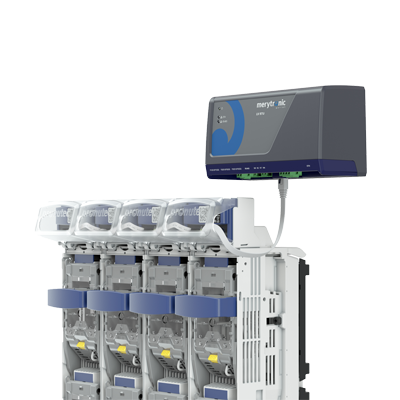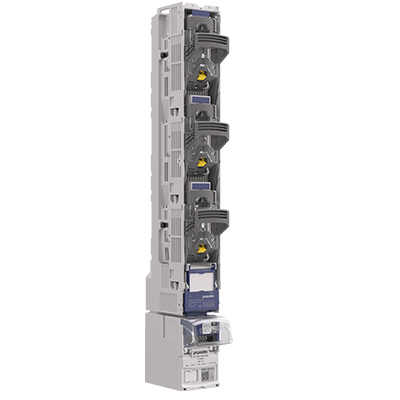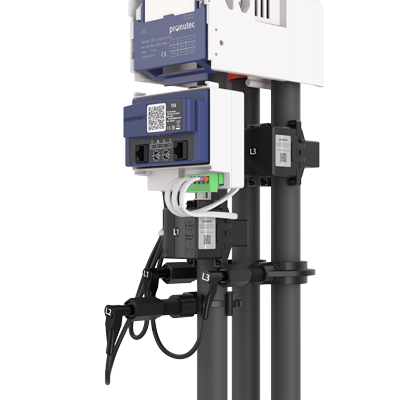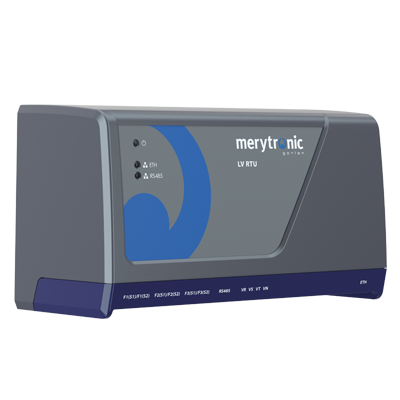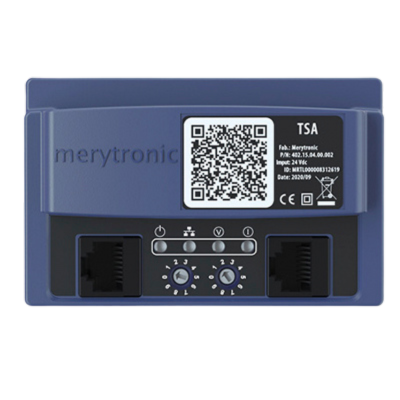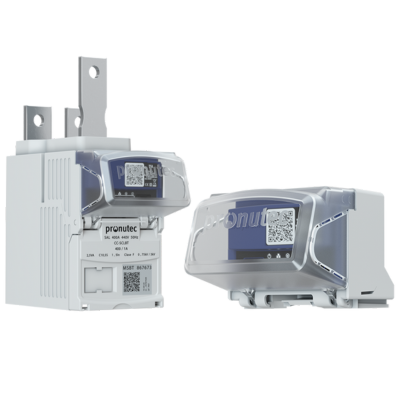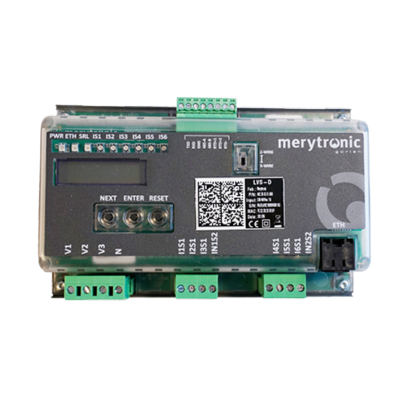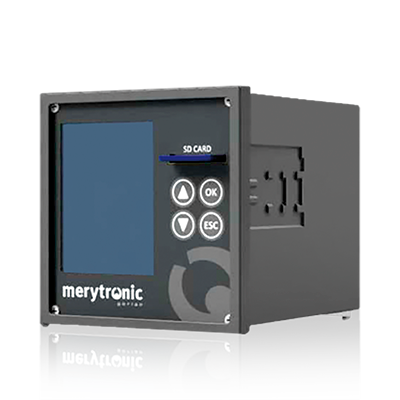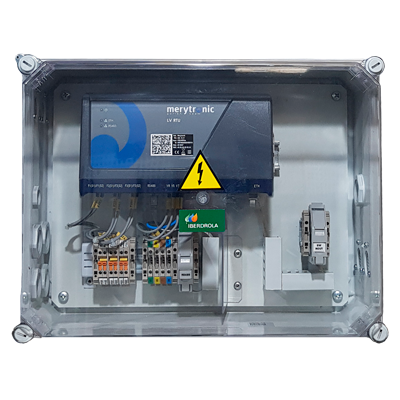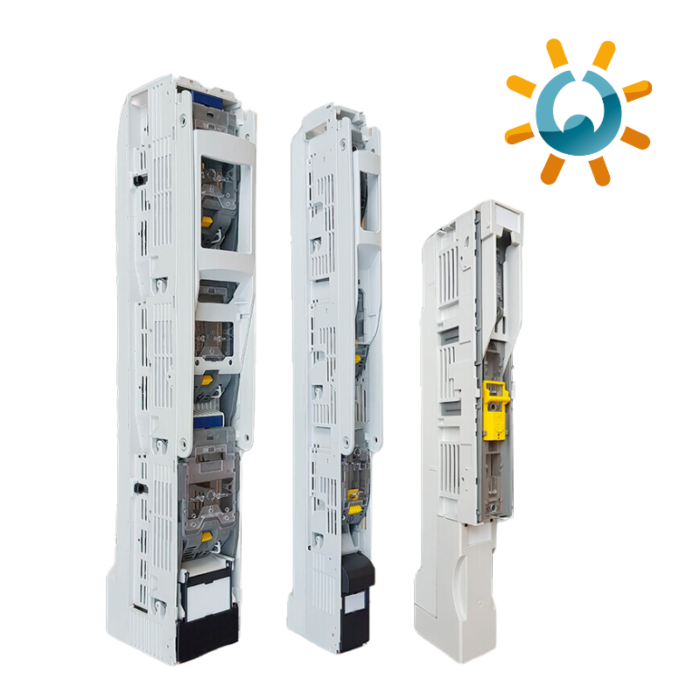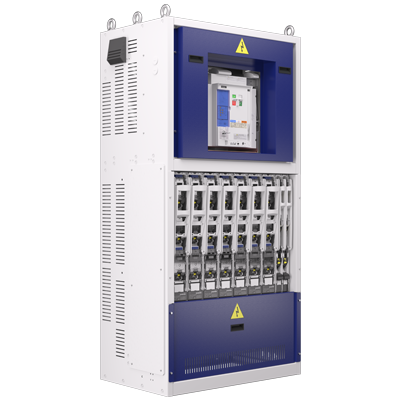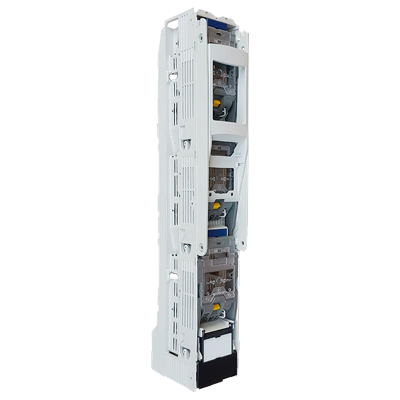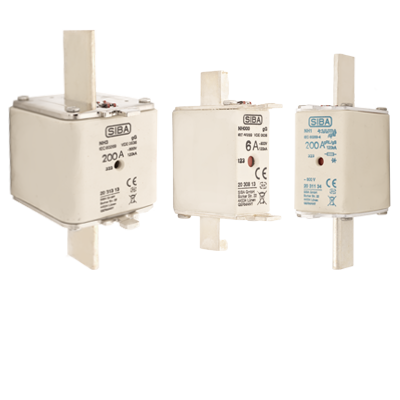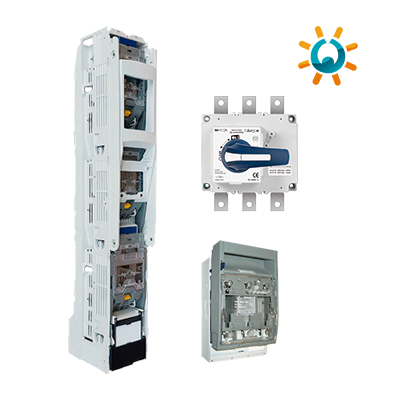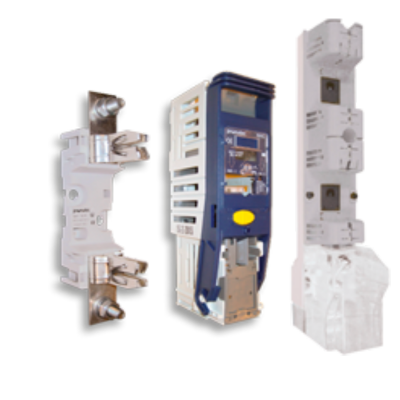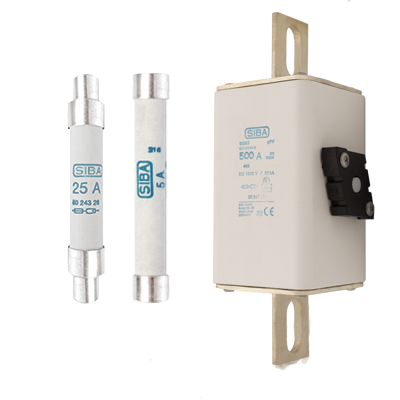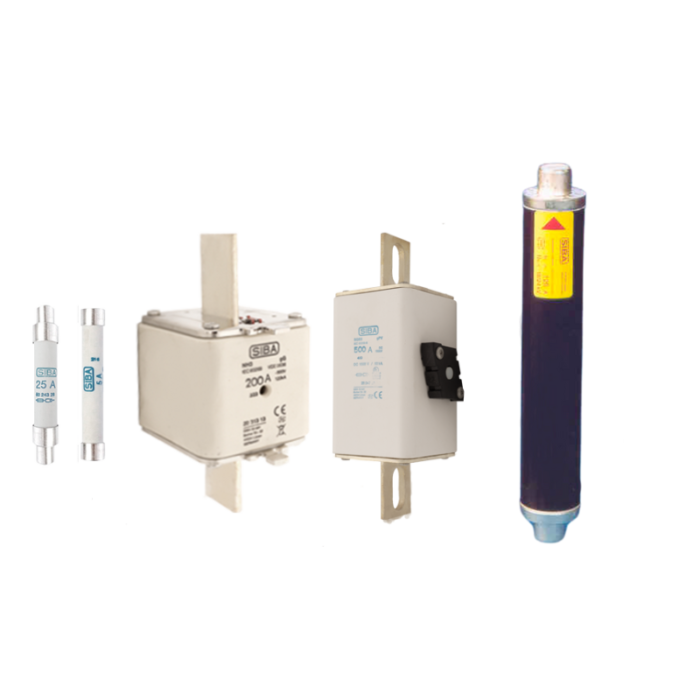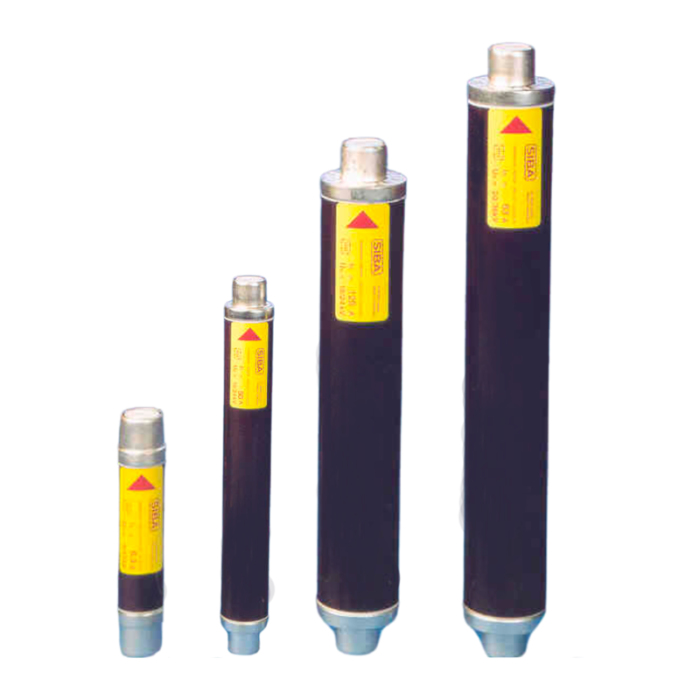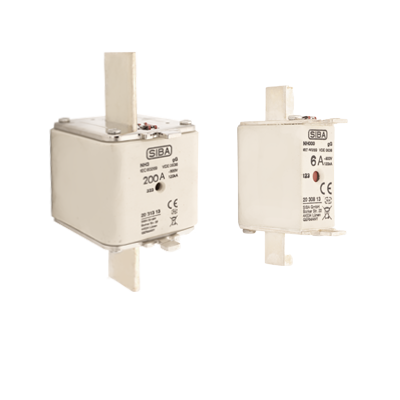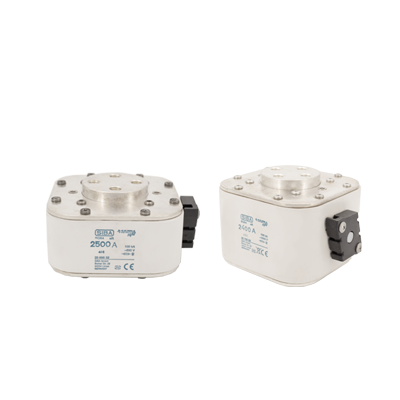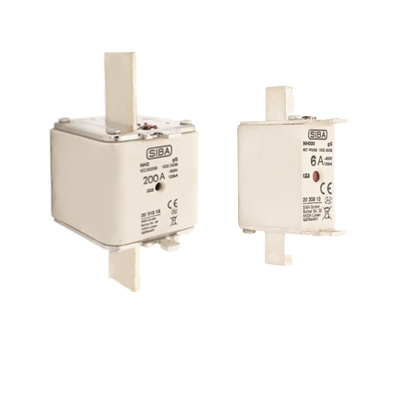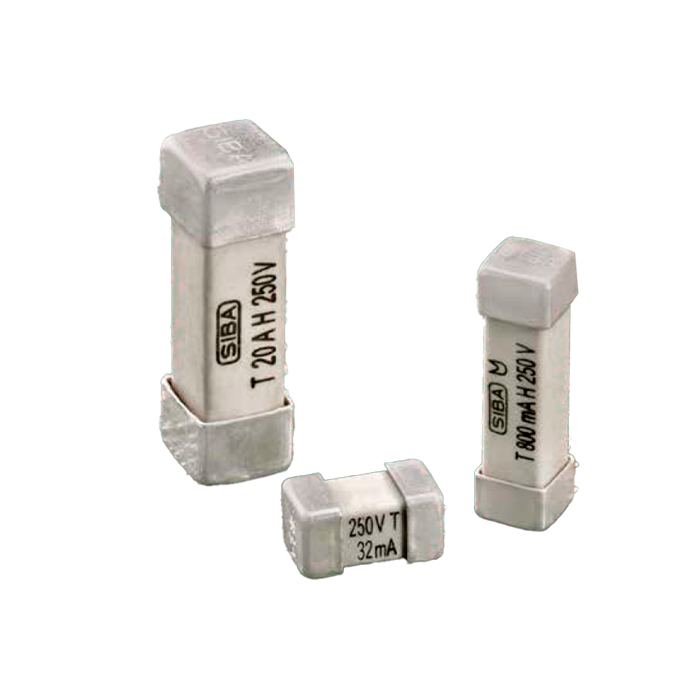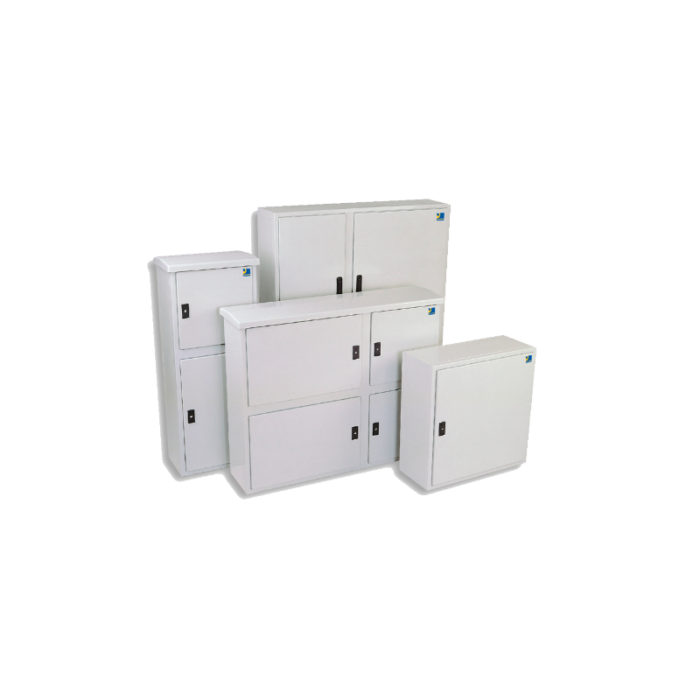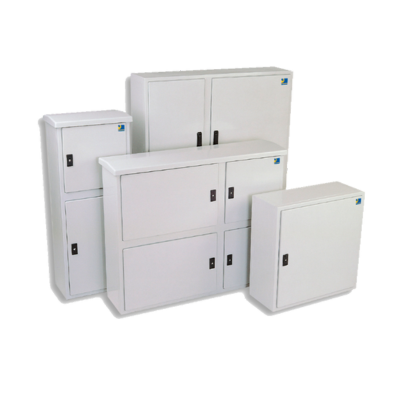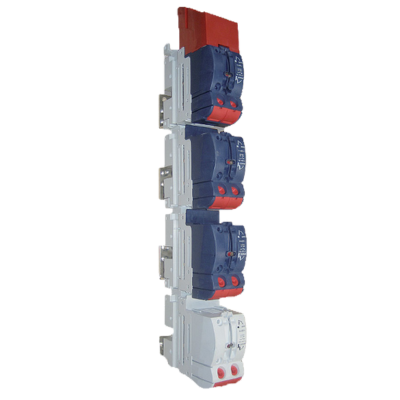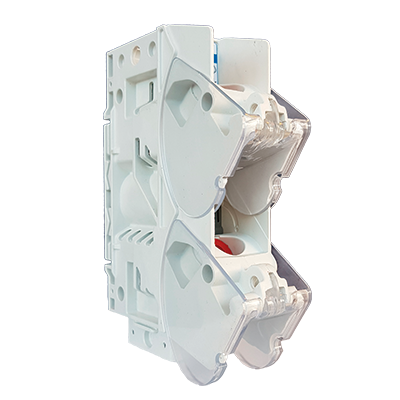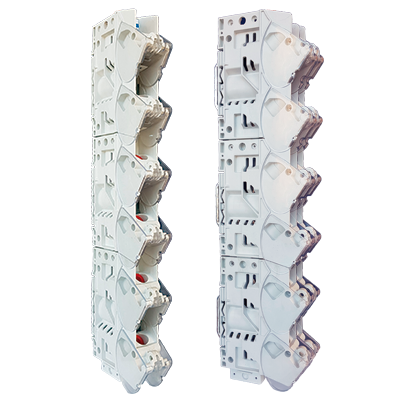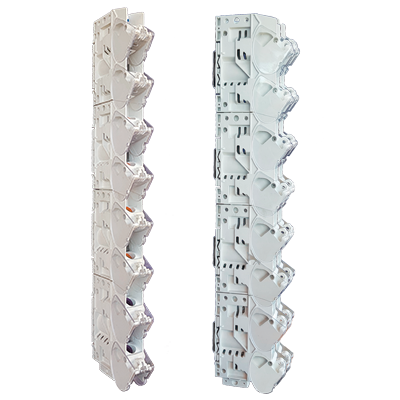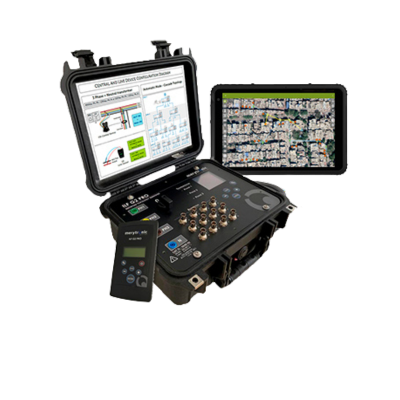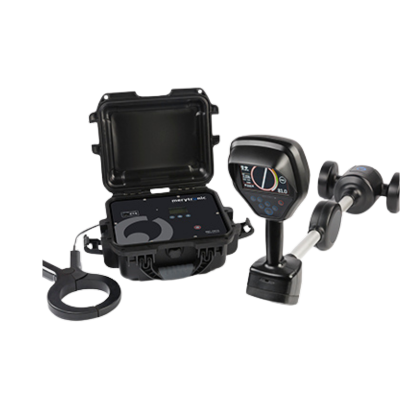
Improved operation in low-voltage grids thanks to real-time measurements and alarms
The low-voltage (LV) grid has gone from being a passive and predictable infrastructure to become the scene of a new operational complexity. With the growing incorporation of new players such as electric vehicles, renewable distributed generation or efficient HVAC systems (such as heat pumps), electricity distribution companies need new tools to guarantee the stability, quality and continuity of supply in the face of more dynamic and complex network scenarios.
Faced with this challenge, at Pronutec we are taking a step forward with our advanced low-voltage monitoring solutions, which allow real-time measurements to be obtained and critical alarms to be managed. All of this, without the need to modify the existing infrastructure or interrupt the service.
Why does the LV network need more supervision?
In the traditional model, LV panels operated with almost no active supervision. However, the new electricity scenario has transformed their operating conditions:
– Localized demand increase: simultaneous recharging of electric vehicles or massive activation of heat pumps can lead to overloads and congestion in the grid.
– Injection of energy from distributed generation: this can cause overvoltage, imbalances between phases or reverse current flows.
– Greater impact on the quality of supply: inverters associated with photovoltaic installations or the rectifiers of EV chargers can affect the quality of supply by introducing harmonics, among others.
In this context, early detection and action in the event of any anomaly becomes a priority, which requires greater visibility of the low-voltage network.
Pronutec solutions: real-time visibility and response
At Pronutec we have designed solutions aimed at the efficient operation of the LV network, such as our Smart Fuse Switches (SFS) or the Live Retrofit Supervisor (LRS). These systems allow:
Real-time electrical measurements
– Current and voltage per phase and per feeder
– Imported and exported active and reactive power
– Imported and exported active and reactive power
– Power factor
– Frequency
This data is easily and simultaneously integrated into SCADA platforms or advanced analytics systems, thanks to standard protocols (Web Services, Modbus TCP, IEC 60870-104, DNP3, MQTT) and open architecture.
Instant alarms for proactive management
The devices generate configurable alarms that allow operators to act quickly in the event of an incident and even pre-emptively to avoid more serious failures. These include:
– Blown fuse: immediate detection of fuse blowing, either due to overload or short circuit, thanks to the voltage measurement downstream of the fuse. This alarm helps to reduce diagnosis and supply restoration times.
– Overvoltage and undervoltage: warning of abnormal voltage conditions that can damage equipment or cause disconnections.
– Overload: identification of currents above the admissible threshold, anticipating possible fuse blowing or tripping and preventing thermal damage.
– Phase imbalance: monitoring of load distribution between phases to minimise losses and optimise network utilisation.
– Power steering: essential in contexts with distributed generation, to identify reverse flows and adapt control.
These alarms can be managed simultaneously in both SCADA systems and cloud-based data analytics environments, opening the door to predictive maintenance strategies and efficient grid planning.
Outstanding technical advantages
– Variety of hardware solutions: variety of supervisors to suit all types of installations.
– Installation without interruptions: in the case of the LRS, supervision is implemented in existing switchboards without cutting off the power supply.
– Universal compatibility: adaptable to any type of fuse switch or circuit breaker, whether in new installations or retrofit, even in old infrastructures.
– Compact and modular components: allow fast and safe installation, avoiding cables on the ground.
Typical use cases
– Densely populated urban centres, where fault response times are critical.
– Rural or difficult to access environments, where field crew mobilization is costly and predictive maintenance is essential.
– Older switchboards, where a complete refurbishment is not feasible, but adaptive monitoring through retrofit is possible.
– Integration with data analytics or SCADA platforms, which require real-time data and automated alerts to make decisions.
From reactive to proactive: the future of the LV network
With Pronutec’s advanced monitoring solutions, we are moving from a reactive model to proactive and intelligent network management. The visibility of the low-voltage network offered by our solutions makes it possible to detect emerging anomalies, optimise the load and reduce response times to incidents.
All this contributes to a more resilient, efficient grid that is ready for the challenges of the energy transition.
Want to know how these alarms and measures can be integrated into your existing system?
Contact us and we will show you how to improve the operation of your LV switchboards without having to modify them.
Related News
Live Retrofit Supervisor (LRS): Advanced Low Voltage Monitoring Without Interruptions
In a context where the digitalization of low voltage networks is becoming increasingly critical, at...
Advantages of the LV Advanced Monitoring Solutions
Advanced low voltage monitoring offers multiple benefits for utility companies, such as real-time network status...
Case of success | LV monitor solutions for utility in Germany
This success story is based on a big German distribution company with almost 700,000 km...





